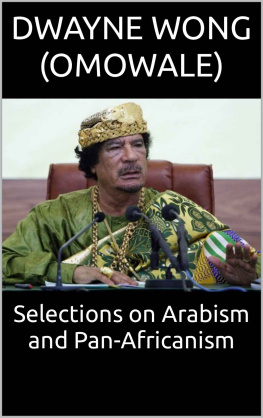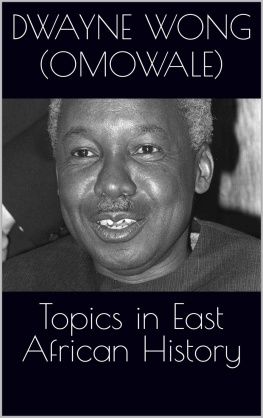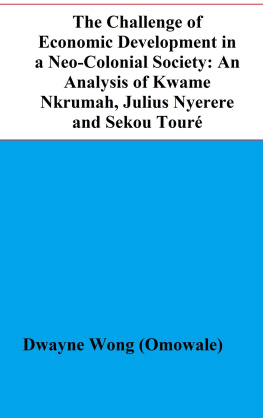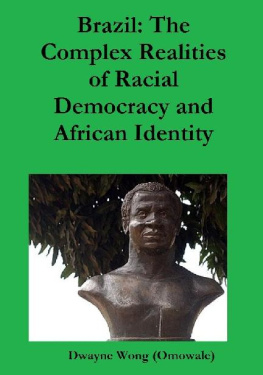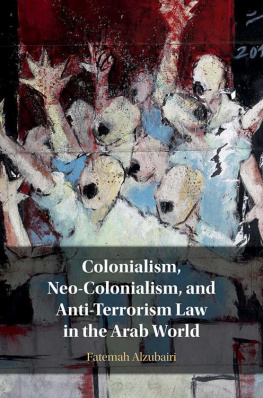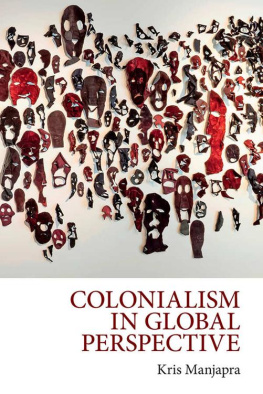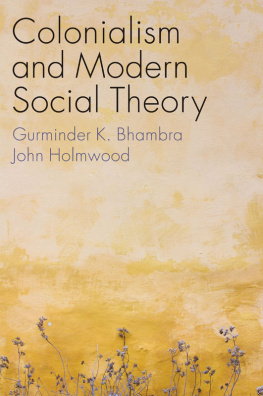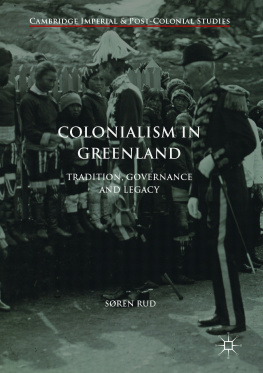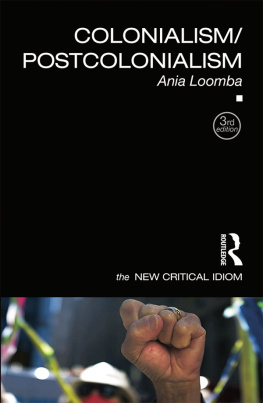Columbus and Colonialism
by
Dwayne Wong (Omowale)
Copyright 2022 Dwayne Wong (Omowale)
All rights reserved.
Genocide and Conquest: The Legacy of Christopher Columbus
The Columbus myth is really a Western myth, the myth of the western hero. Around this myth is the basis of our protracted holocaust. To glamorize people who engaged in mass murder or set mass murder in motion, European history books have rationalized it for decades. They have annual parades in memory of these heroes, to the point where were supposed to forget about what they actually did. If you had a parade in memory of Hitler, youd start one of the greatest riots in history. Yet, what Columbus did was tantamount to what Hitler did.
-John Henrik Clarke
Even those historians who would canonize Christopher Columbus have all agreed he was inordinately greedy. He demanded of Spain one third, one eight and one tenth of everything found in the New World.
-Ivan Van Sertima
It is clear that during Christopher Columbus early interactions with the native people that he was already considering the possibility of subduing them and converting them to the religion of the Spanish colonizers. In his journal, Columbus wrote: They should be good servants, for I observed that they quickly took in what was said to them, and I believe that they would easily be made Christians, as it appeared to me that they had no religion. I, our Lord being pleased, will take hence, at the time of my departure, six natives for your Highnesses, that they may learn to speak. Columbus viewed the Natives as intelligent and generous, but also as a people who could be easily conquered and made to serve the desires of the Spanish.
Emmerich de Vattel promoted the idea that a war should be just on both sides, but his idea of just war did not apply to everyone. Vattel explained that when at war with a savage nation who observe no rules...we may punish them in the persons of any of their people. He also believed that such enemies were savage beasts, whom every brave man may justly exterminate from the face of the earth. European colonialists displayed this notion of exterminating savage beasts. That Native Americans were regarded as savages by the Europeans was very clear. Americas Declaration of Independence charged King George III with endeavoring to bring on the inhabitants of our frontiers, the merciless Indian Savages, whose known rule of warfare, is an undistinguished destruction of all ages, sexes, and conditions. During the First Congress, both George Washington and Thomas Jefferson referred to Native Americans as savages.
European colonialists in North America often carried out the type of war against the Natives which Vattel had proscribed. Williams Trent, who was a trader at Fort Pitt during the Pontiac war, wrote that two Natives visited the fort. Trent wrote in his journal: Out of our regard for them, we gave them two Blankets and an Handkerchief out of the Small Pox Hospital. I hope it will have the desired effect. The desired effect was clearly to spread smallpox among the Natives in an attempt to kill them off. Thomas Jefferson held the view that the same world would not do for both the Europeans and the Native Americans, and he suggested extermination as a remedy to this problem. Writings such as this clearly demonstrated that extermination of the Natives was the intent of some of the European colonialists.
The first war which was officially declared by the United States after the Constitution was ratified was the Northwest Indian War, which was waged against Native Americans. It was during this war that the Congress would, for the first time, authorize the use of military force. The bill which Congress passed stated:
That for the purpose of protecting the inhabitants of the frontiers of the United States from the hostile incursions of the Indians, the President is hereby authorized to call into service from time to time, such part of the militia of the states respectively, as he may judge necessary for the purpose aforesaid; and that their pay and subsistence while in service, be the same as the pay and subsistence of the troops above mentioned.
Despite the fact that it was Europeans who settled in the Americas and it was Europeans who were waging wars against Native Americans to take away their lands, Native Americans were depicted as being the hostile force. It is clear that Congress was willing to authorize the use of military force in order to protect settlers from the hostile Natives. Indeed, it is true that the Native Americans could be brutal in their methods. Native Americans often fought wars among themselves which were very brutal as well. This is something which Columbus himself noted when he wrote: I saw some with marks of wounds on their bodies, and I made signs to ask what it was, and they gave me to understand that people from other adjacent islands came with the intention of seizing them, and that they defended themselves. I believed, and still believe, that they come here from the mainland to take them prisoners. The Carib people were noted for their warlike reputation. They would often raid Arawak villages and capture the Arawak women. The Arawak also claimed that the Caribs would cook and eat some of the male captives. The veracity of these tales of Carib cannibalism are questionable, but these tales demonstrate the fearsome reputation which the Carib people maintained.
Europeans were often able to take advantage of these conflicts, as the following country study of Brazil notes: Just as Indian unrest had aided the Spanish conquerors of Mexico and Peru, so too did the Portuguese profit from arriving at a time of turmoil. The Tup speakers had been shifting steadily from the south in a massive migration to coastal areas, displacing the resident G speakers, many of whom moved into the interior. This population shift had triggered continuous warfare against non-Tup peoples and against Tup subsets. It involved set battles that arrayed hundreds and, in some reports, thousands of warriors in fierce hand-to-hand combat. Some of the fighting went beyond struggles over control of land or resources to vendettas in which captives were sought and in some cases reportedly cannibalized. The Portuguese used these vendettas to keep the Indians from uniting against them and subsequently to obtain slaves. The conquest of Brazil was not a simple toppling of an organized empire as in Peru, but a drawn out, complicated process that spread over huge distances, different peoples, and centuries. Thus, it is not surprising that the Brazilian elites developed myths about racial harmony, peaceful change, and compromise that often have colored the interpretations of historians, thereby distorting understanding of Brazils past.
The reality of wars and conflicts among the Native people does not negate the brutality of the European colonizers, however. European colonizers used the pretense of civilization as a justification for the mistreatment of Native Americans. As was already explained, the logic was that since Native Americans were savages, they needed to be dealt with savagely. Thomas Jefferson stated that the known rule of warfare with the Indian savages is an indiscriminate butchery of men [,] women [,]. William Trent recorded that two women and a child were murdered by some Delaware Indians. He wrote that the women were treated in such a brutal manner that Decency forbids the Mentioning.
The view of the European colonizers was that Native Americans were so brutal and so savage that they deserved to be dealt with savagely. Native Americans were viewed as foes who were so vicious that they were not above brutally massacring women and children. One solution to this problem was violent conflict with the Natives. Yet another solution was assimilation. Patrick Wolfe explained: The settler colonial logic of elimination in its crudest frontier form, a violent rejection of all things Indian, was transformed into a paternalistic mode of governmentality which, though still sanctioned by state violence, came to focus on assimilation rather than rejection.



